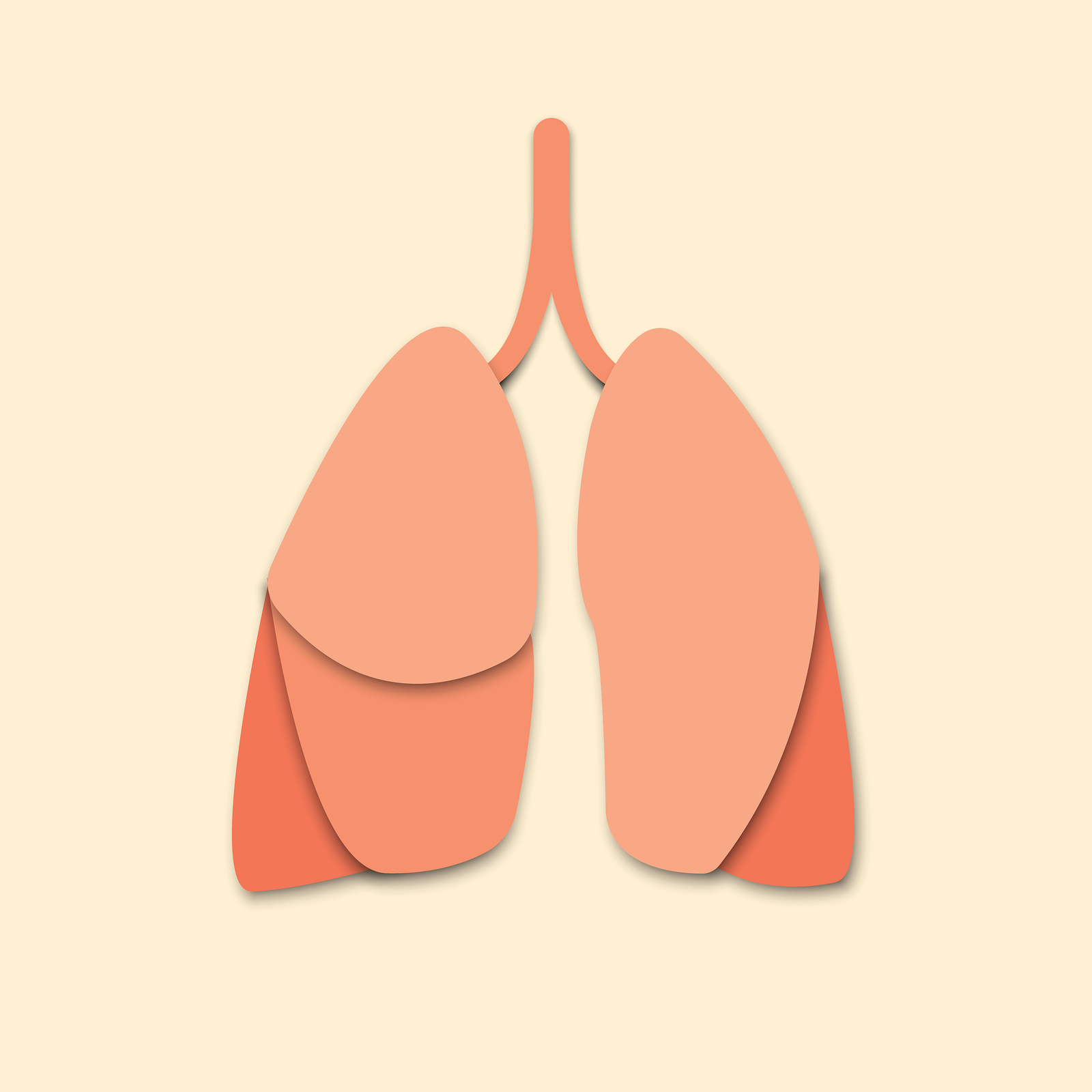
The purpose of this study is to determine the effect that secondary postural deformities and chronic postural abnormalities have on lung capacity, as well as correlate the activity of the respiratory muscles. The results provide basic objective data about the forward head posture and respiratory muscle activity that can be used in clinical situations.
The subjects used in this study were 24 patients aged 25 to 35 years old who visited a hospital in Jeollanam-do Province, Korea, between September 2015 and January 2016. The patients were diagnosed with forward head posture because the vertical line between the acromion process and the external acoustic meatus was at least 5 cm. We measured the craniovertebral angle, pulmonary functions, and respiratory muscle activity of the subjects for correlation analysis.
A positive correlation was found between the craniovertebral angle and the forced vital capacity (r=0.63), while a negative correlation was found between the craniovertebral angle and the sternocleidomastoid muscle (r=-0.77). The craniovertebral angle and the anterior scalene muscle showed a negative correlation (r=-0.65). There were positive correlations between the forced vital capacity and the sternocleidomastoid muscle (r=0.71), and between the forced vital capacity and the anterior scalene muscle (r=0.59).
Severe forward head posture increased the activities of the sternocleidomastoid muscles and the anterior scalene muscles, and decreased the forced vital capacity. Thus, it is necessary to develop more efficient interventions for managing forward head posture based on pulmonary function and the activity of the respiratory synergist muscles.
No comments:
Post a Comment